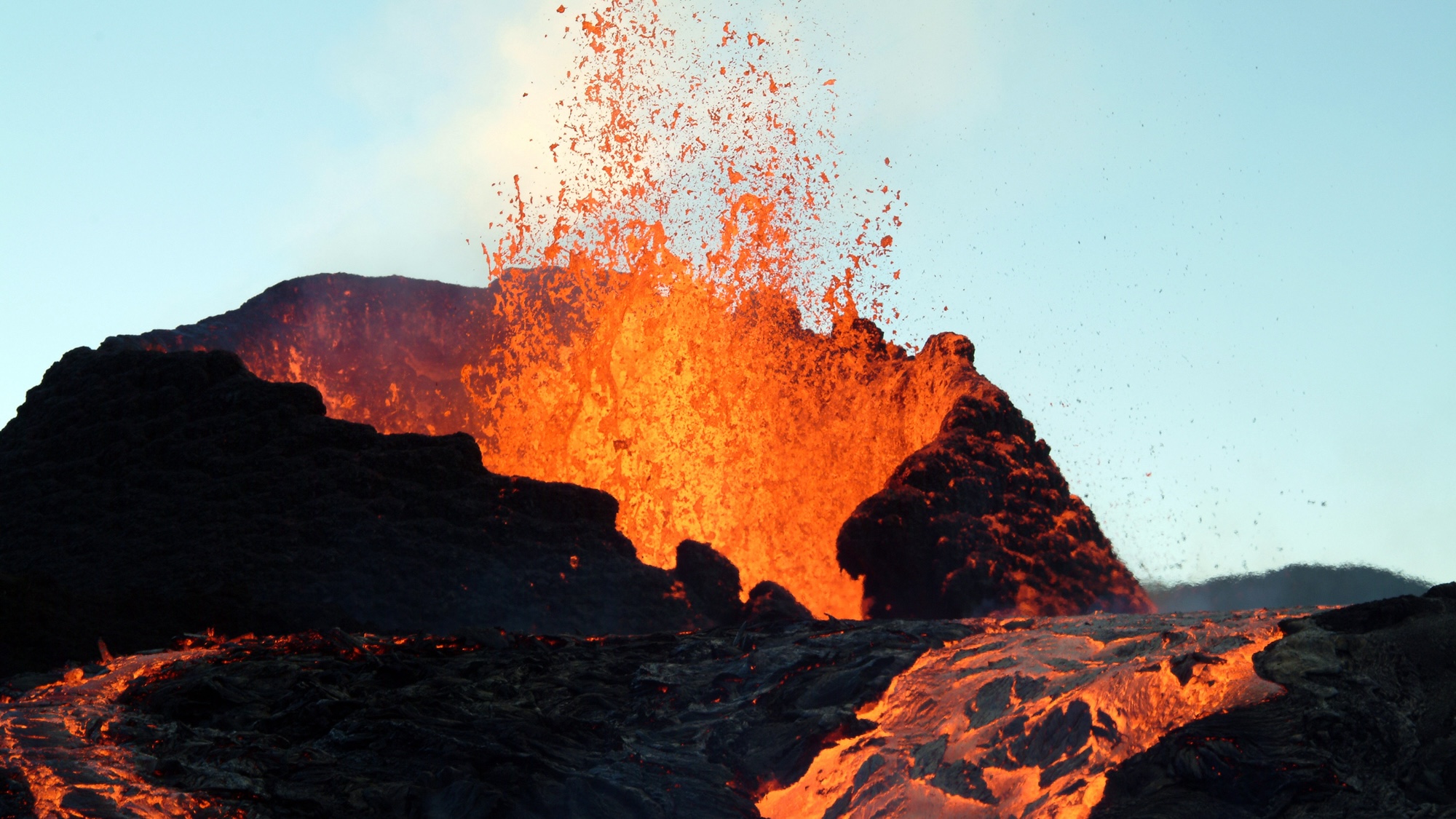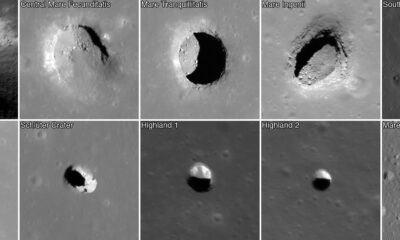Gadgets
Underground ‘sub-continents’ may rewrite geology textbooks

Recent findings from researchers at the Netherlands’ Utrecht University suggest that the long-held belief of a fast-flowing and well-mixed Earth mantle may need revisions. These researchers have discovered two continent-sized geological islands located inside a tectonic plate “graveyard” 1,800 feet below the Earth’s surface, which appear to be “out of tune” with the surrounding environment.
Published in the journal Nature on January 22nd, the study utilizes the tones generated during large earthquakes that cause the Earth to vibrate, allowing seismologists to analyze the planet’s interior through these acoustic signatures. The presence of these underground “super-continents” was first detected over 25 years ago, near the boundary between the mantle and core, prompting further investigation into their existence and characteristics.
The study reveals that these two underground islands, known as Large Low Seismic Velocity Provinces (LLSVPs), show very little damping of seismic waves compared to the surrounding areas. This suggests that the LLSVPs have much larger mineral grain sizes, indicating an ancient age of at least 500 million years. The researchers also found that the LLSVPs are more rigid and resistant to the flow of the Earth’s mantle, challenging previous assumptions about mantle composition and behavior.

These unexpected findings challenge the conventional understanding of a well-mixed and fluid mantle, with implications for Earth’s geological evolution and volcanic activity. By studying the composition and behavior of LLSVPs, researchers can gain insights into the inner workings of the planet and its geological processes.
“The Earth’s mantle is the engine that drives all these phenomena,” said Duess, highlighting the importance of understanding these massive geological formations in unraveling Earth’s mysteries.
Once close to the surface, these plumes play a role in triggering volcanic eruptions.
“[W]e believe that these mantle plumes originate at the edges of the LLSVPs,” Duess explained.
-

 Destination7 months ago
Destination7 months agoSingapore Airlines CEO set to join board of Air India, BA News, BA
-

 Breaking News8 months ago
Breaking News8 months agoCroatia to reintroduce compulsory military draft as regional tensions soar
-

 Tech News11 months ago
Tech News11 months agoBangladeshi police agents accused of selling citizens’ personal information on Telegram
-

 Breaking News9 months ago
Breaking News9 months agoBangladesh crisis: Refaat Ahmed sworn in as Bangladesh’s new chief justice
-

 Guides & Tips9 months ago
Guides & Tips9 months agoHave Unlimited Korean Food at MANY Unlimited Topokki!
-

 Gaming8 months ago
Gaming8 months agoThe Criterion Collection announces November 2024 releases, Seven Samurai 4K and more
-

 Toys11 months ago
Toys11 months ago15 of the Best Trike & Tricycles Mums Recommend
-

 Productivity10 months ago
Productivity10 months agoHow Your Contact Center Can Become A Customer Engagement Center























